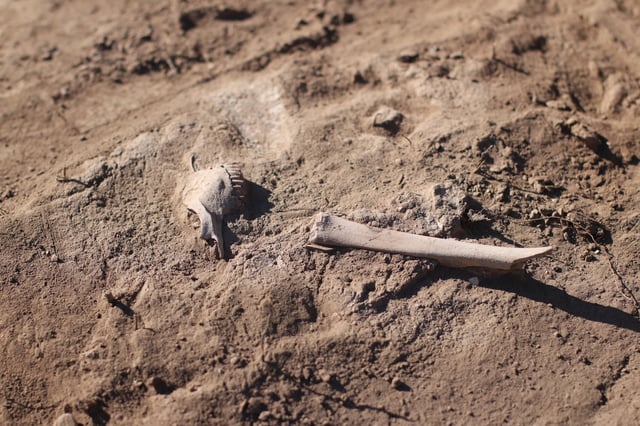Overview
- An international team reported in Cell the first Late Neolithic–Bronze Age Y. pestis genome from a 4,000-year-old sheep excavated at Arkaim.
- Genomic comparison showed the sheep’s plague strain was nearly indistinguishable from contemporaneous human infections in the Sintashta-Petrovka region.
- Analyses confirmed the ancient lineage lacked flea-transmission genes and evolved under strong constraints across its 6,000-kilometer Eurasian range.
- Study authors propose that unknown wild animals repeatedly infected livestock, which then served as bridges to human populations.
- Researchers plan broader ancient-animal DNA surveys and targeted searches for the wild reservoir to clarify how the plague dispersed over vast distances.
